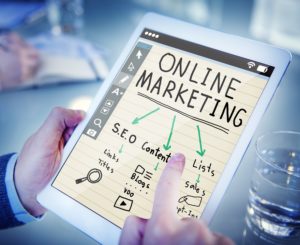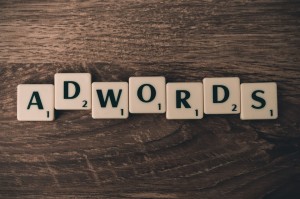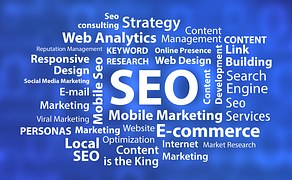How Small Changes in your Online Ads Boost PPC Conversions
If people are clicking on your PPC ad, but then are not converting to a sale, you’re spending money, but not making any. The point of your entire campaign is to convert lookers to buyers, so in order to create a successful PPC campaign – one that results in enough conversions to make it worth your while – you need to do many things, some big, some small.
Here are some big and some small things that can help you increase the ROI of your PPC campaign by increasing your conversion rate:
• Understand the five general phases of the customer buying cycle: Awareness (Can you help me?), Consideration (What do you do?), Interest (What’s different about you?), Preference (Are you the best value for me?), and Purchase (How much? How long? And When?). Now, make sure that your ad contains elements that appeal to customers in each stage of the cycle.
• Track everything from the beginning. In order to be successful with PPC you need to analyze and adjust constantly. Little changes over time make huge overall improvements. There are plenty of good-quality tracking programs, and some of them provide a lot of in-depth information. The good news is that Google’s free conversion tracking tool will do a great job most of the time.
• Make sure your ad copy correctly describes the product or service you are advertising. And make sure that the content on your landing page is related to your ad copy. And finally, write high quality, engaging copy.
• Test everything. Again: test everything. Test your PPC ad text; text the images you use in your ad, your call-to-action, or anything else that has to do with your campaign. Then test it again against a variation to determine which concept gets better results. Then test your landing page to find out which pages are more successful at driving conversions.
• Be different. Lot’s of PPC ads are the same. Same doesn’t work; same is boring. Instead, try to create emotionally-charged ads with strong triggers that showcase your unique proposition.
• Use the right keywords. The nature and intent of the keywords you’re targeting is critical. Use keywords that are “transactional” and have high commercial intent, meaning they are used by people who are ready to buy. Also, it is crucial to regularly scan for new keyword ideas, and then test them.
• Use re-marketing as a conversion rate optimization tool. Remember: only about two percent of website visitors convert on their first visit. But various studies have shown that re-targeting ad campaigns – showing individuals who have seen your ad but have not yet converted, the same product or service you are offering on websites they later visit – result in a steep rise in conversion rates. You should also offer additional discounts in re-marketing ads that give people a reason to come back and convert.
• New ads can have as big an impact on conversion rates as new landing pages. Keep updating, honing, and improving your message. Small changes to ad copy and your call-to-action can help better qualify website visitors.
• Give people a reason to buy TODAY!!! If you have a sale, push it. If a sale is ending, make a big deal of it.
• Block irrelevant or unqualified searches by finding and then excising negative keywords that don’t align with your advertising objectives.
• Use AdWords extensions or anything else that will help your ads stand out.
• Revise your ad scheduling to run only on days and/or hours that represent the most optimal times to reach your conversion requirements.
 1-844-47-Click (1-844-472-5425)
1-844-47-Click (1-844-472-5425)




